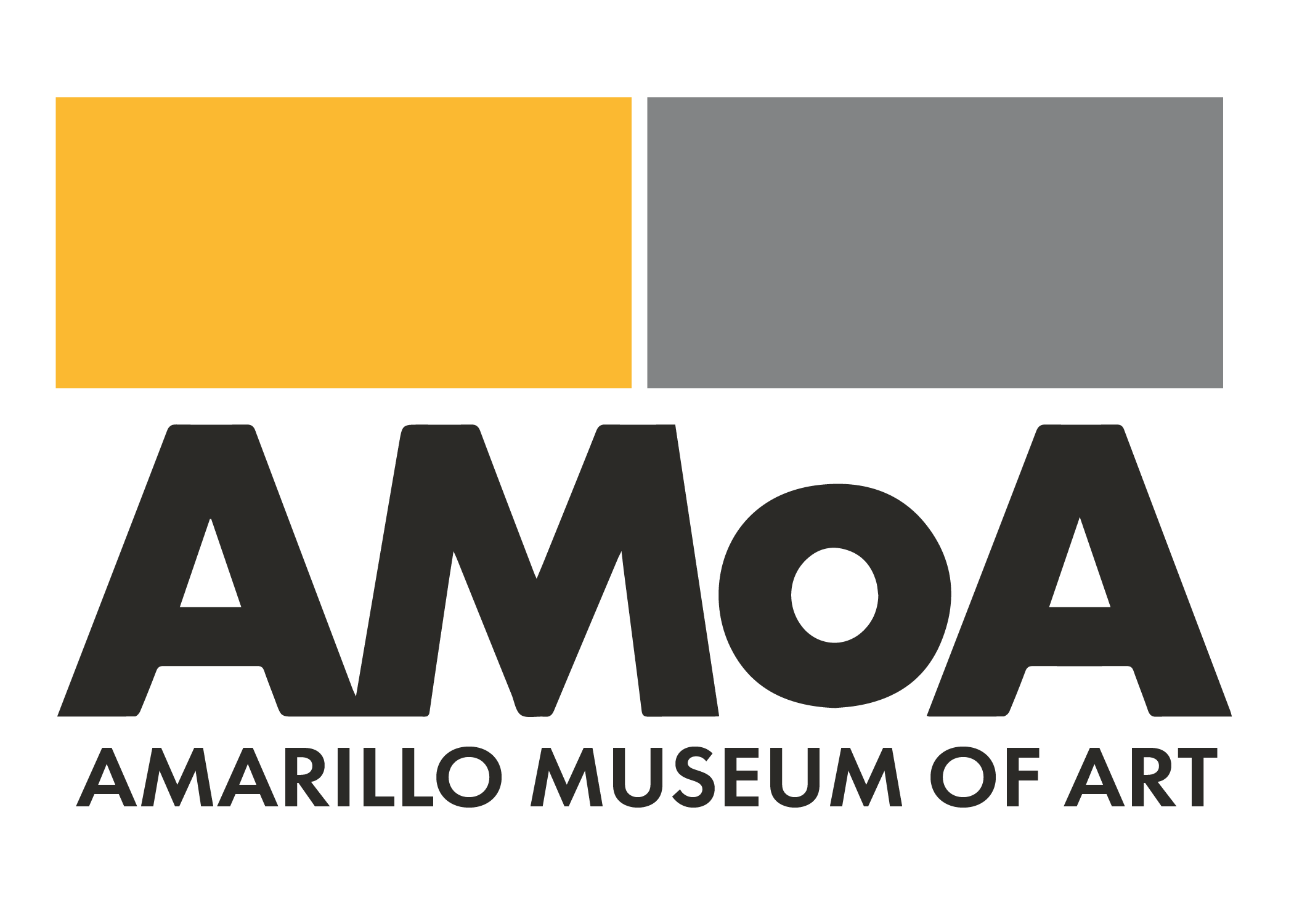This is one in a series of American art exhibitions created through a multi-year, multi-institutional partnership formed by the Amon Carter Museum of American Art as part of the Art Bridges Cohort Program.
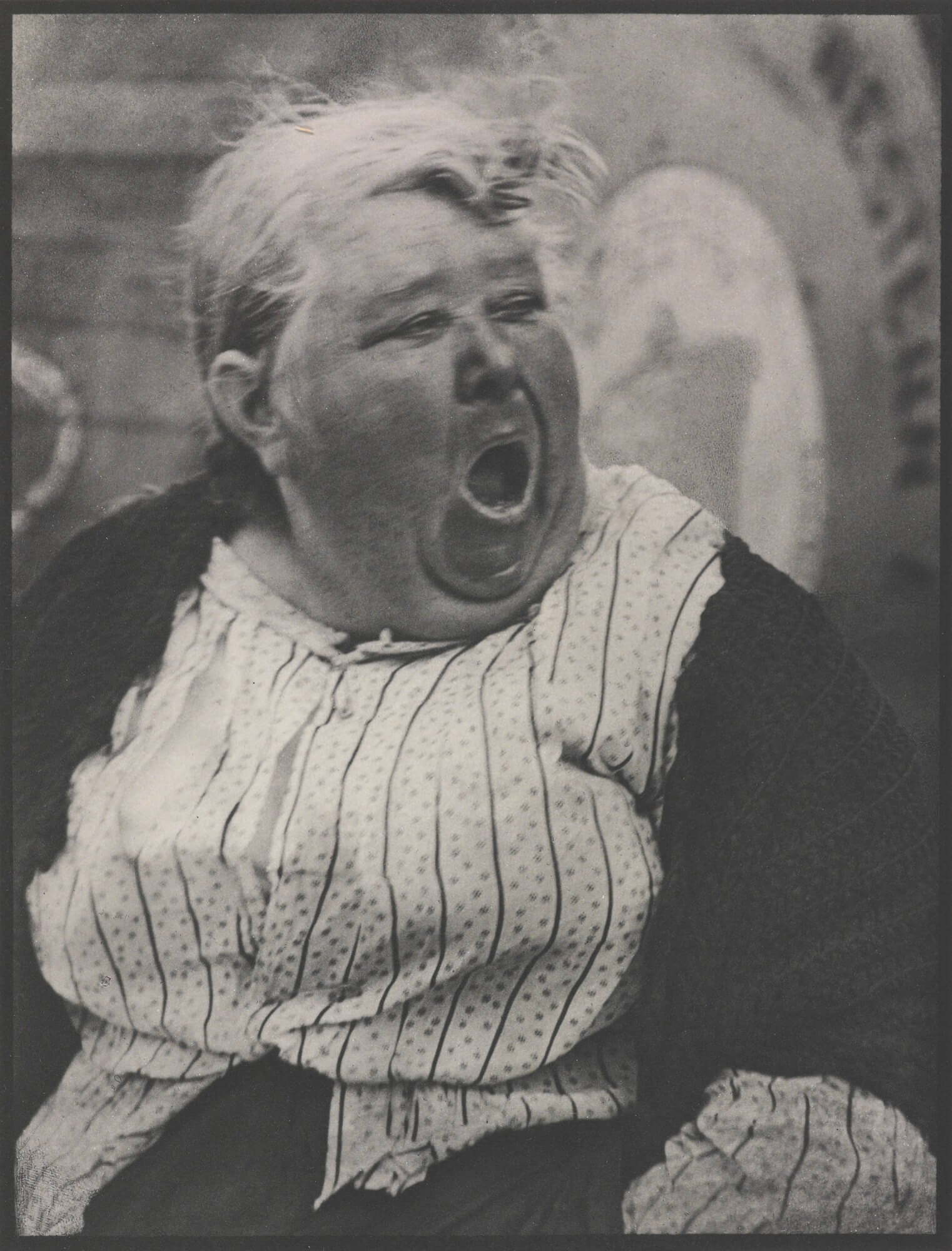
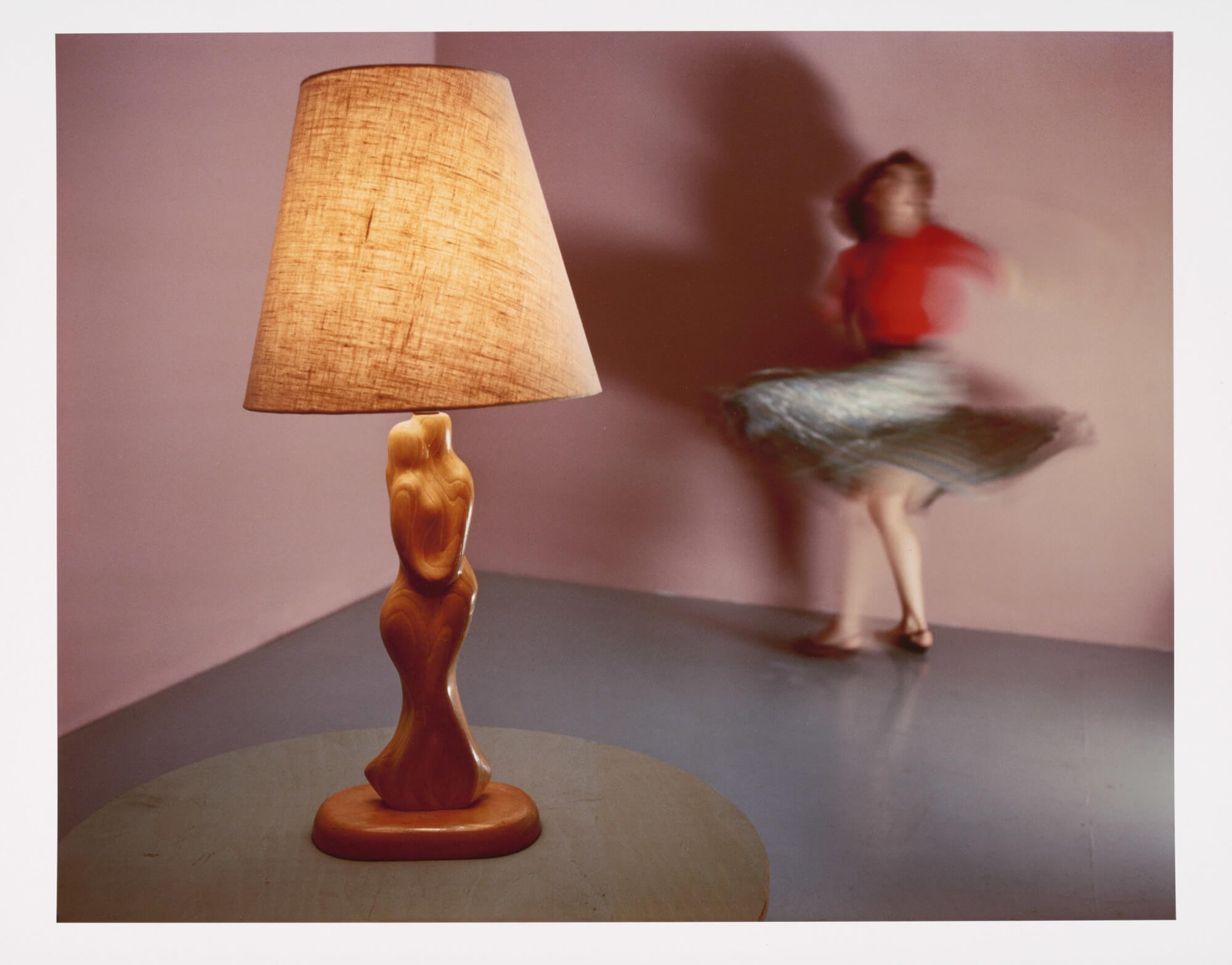
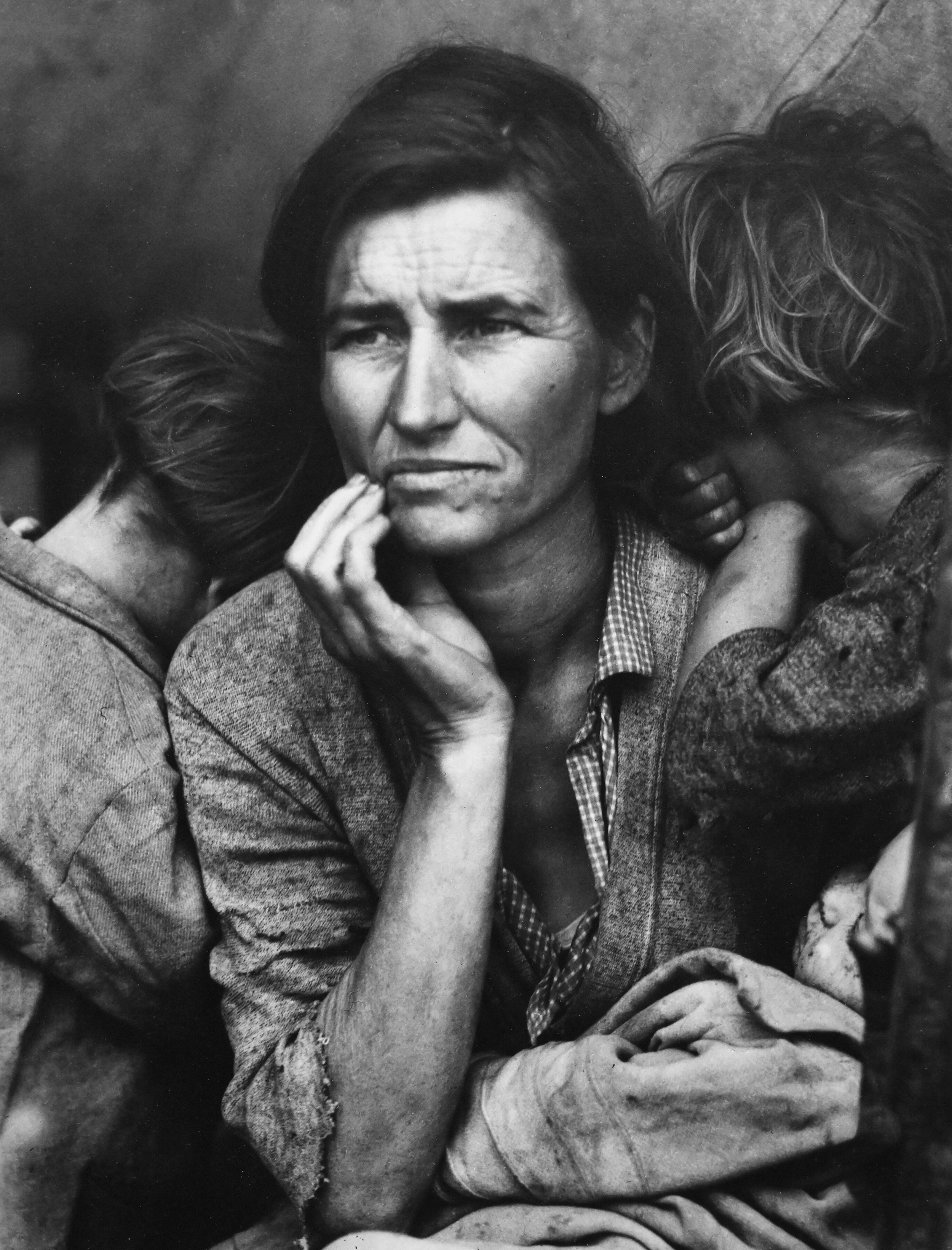
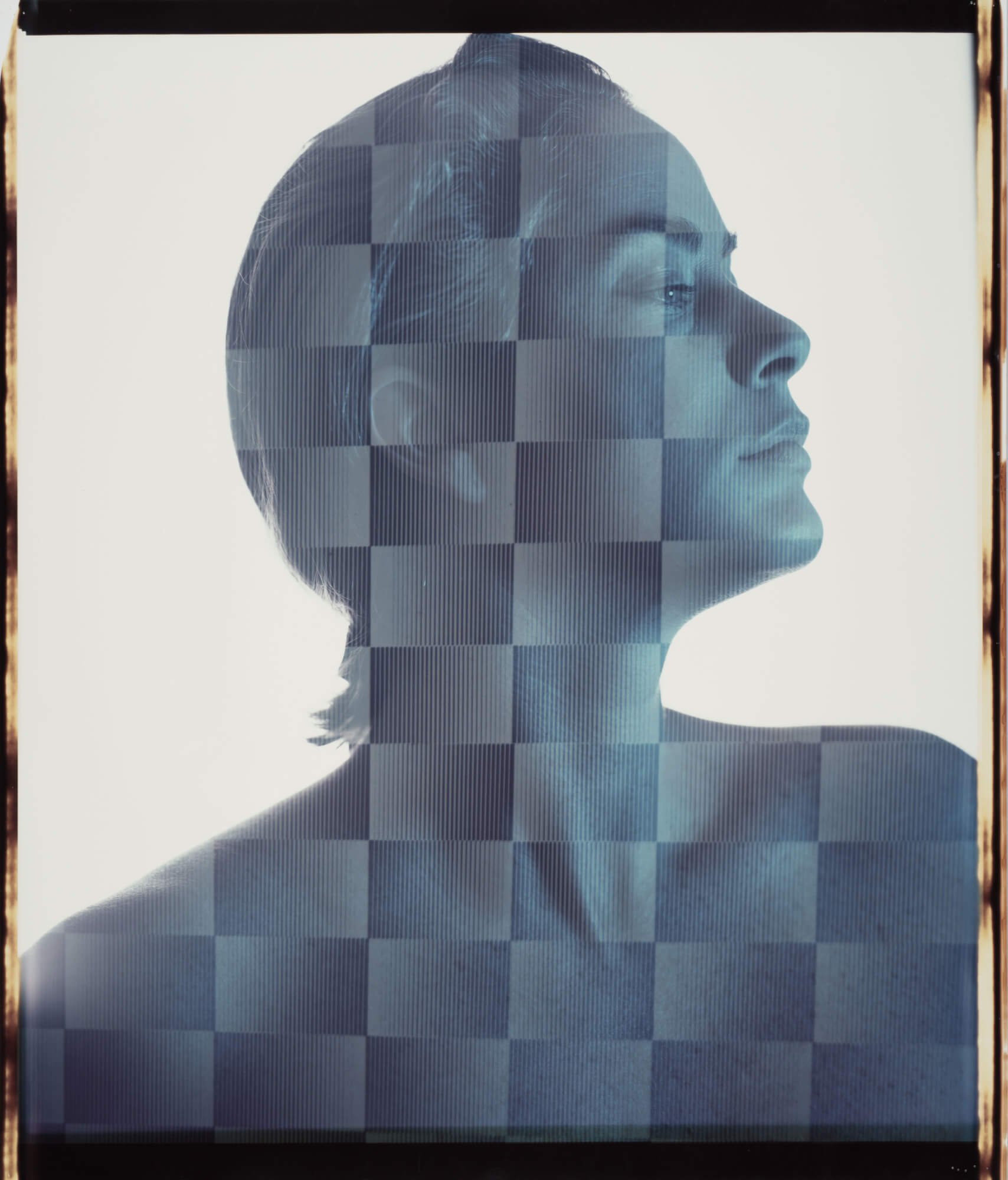
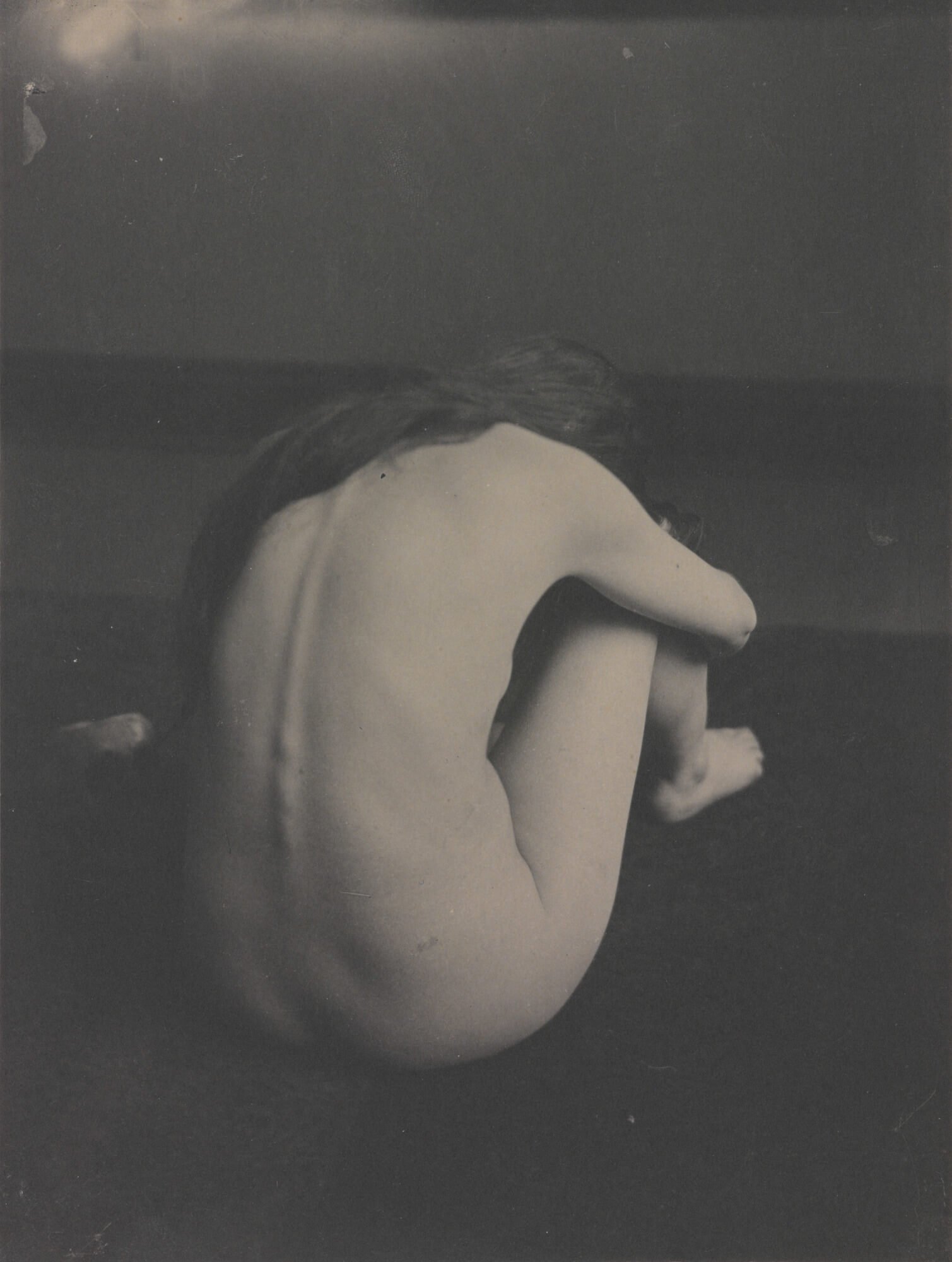
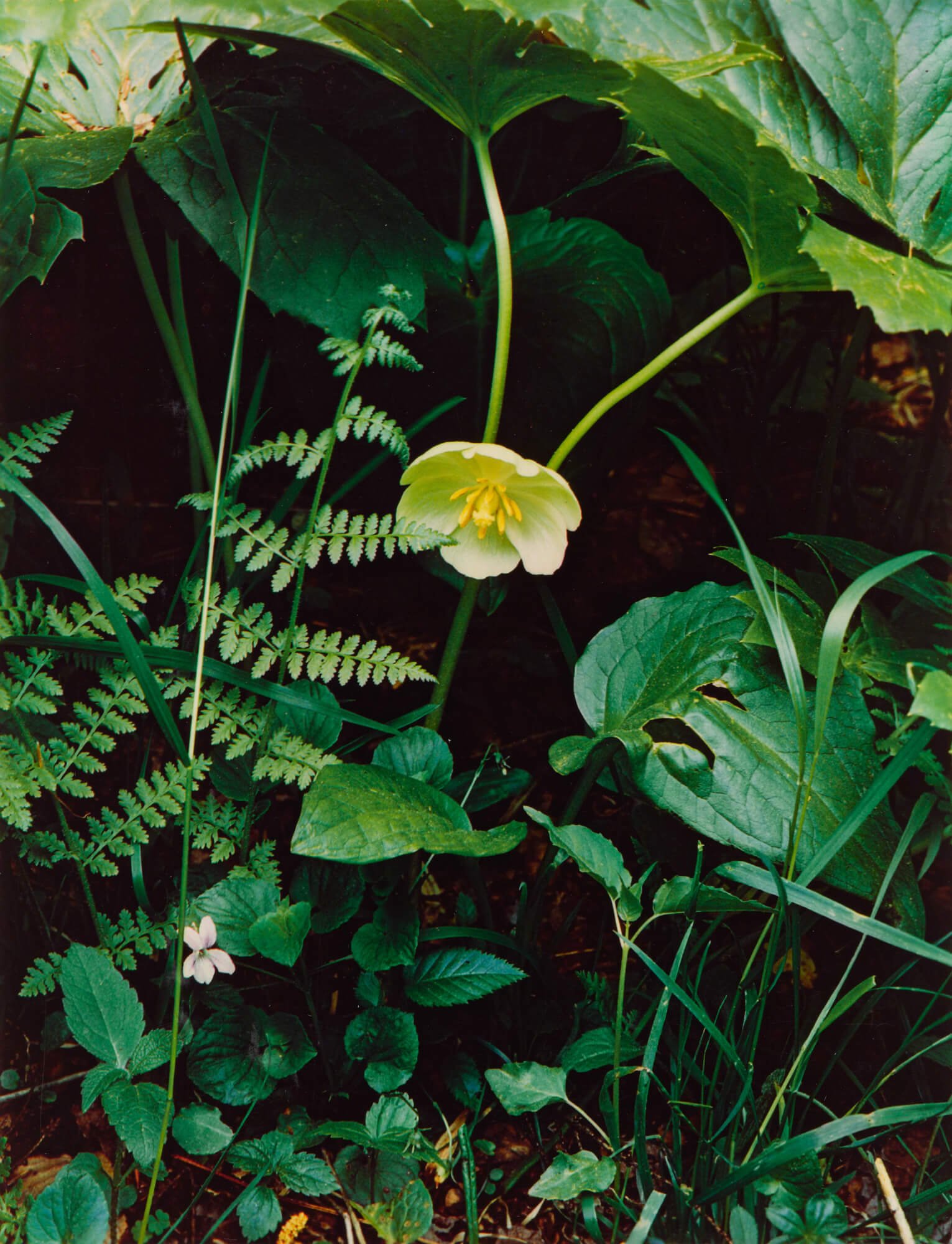
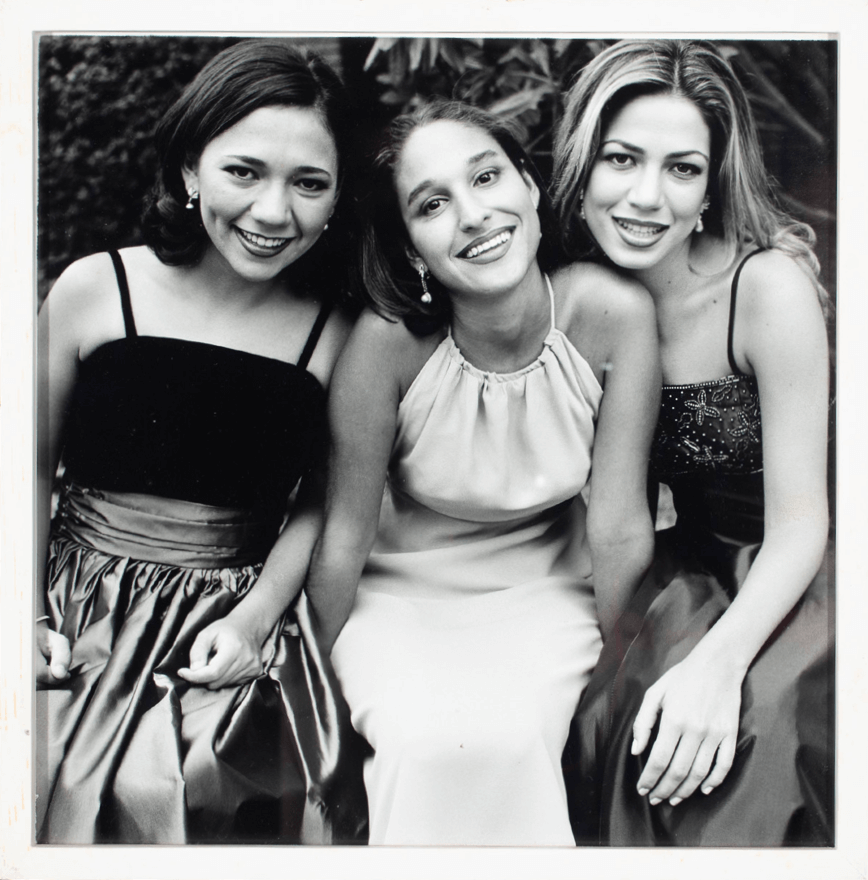
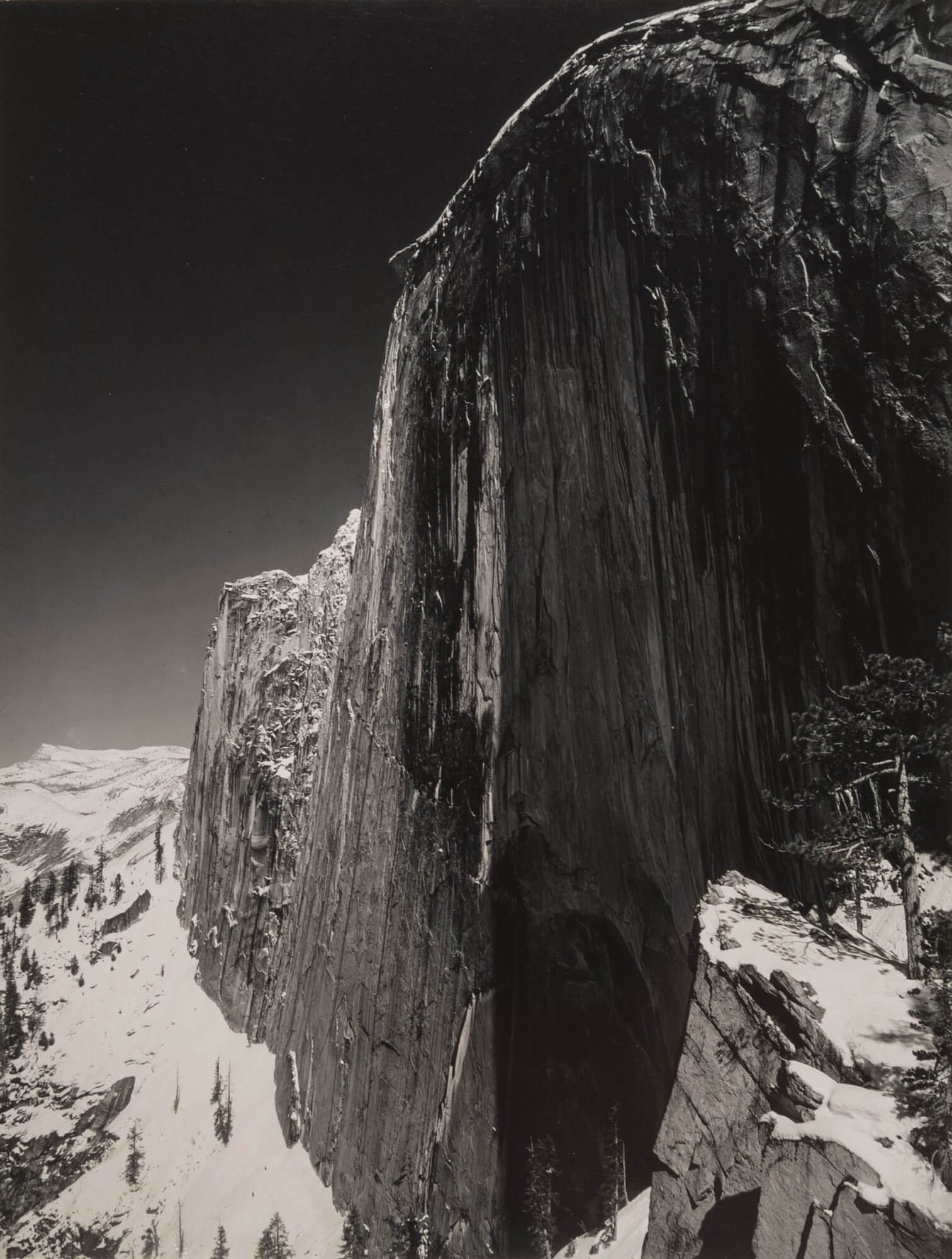
Art museums have not always embraced photography. One of the earliest museum efforts to define the medium’s contribution to the arts came in the mid-1930s, when New York’s Museum of Modern Art (MoMA) asked its librarian, Beaumont Newhall, to create an exhibition survey of photographic history. Relishing the challenge but unclear on how to shape his show, Newhall reached out to photographers, picture editors, cinematographers, and even scientists for advice. He then organized his display around technical advances in the medium. That 1937 show led to a twenty-five-year debate inside MoMA over whether to treat photographs as works of personal expression on par with painting, or as vibrant, easily reproduceable tools for communication and persuasion. Gradually, the argument for personal expression won out, though only in the late 1970s and early 1980s did many museums subscribe to that stance and begin actively collecting and displaying photographs.
This exhibition was originally organized by the Amon Carter Museum of American art with objects from the Carter’s expansive photography collection. The current presentation was reconceived as a team project with the Amarillo Museum of Art, Art Museum of South Texas, and Ellen Noël Art Museum. The artworks tell a story of American photographers’ efforts, from the late nineteenth century on, to explore and proclaim photography’s artfulness, and how broad acceptance of that perspective has since affected their practices. This exhibition reveals how often photographers have looked to painting for reference and ideas even as they shaped their medium’s own artistic language.
